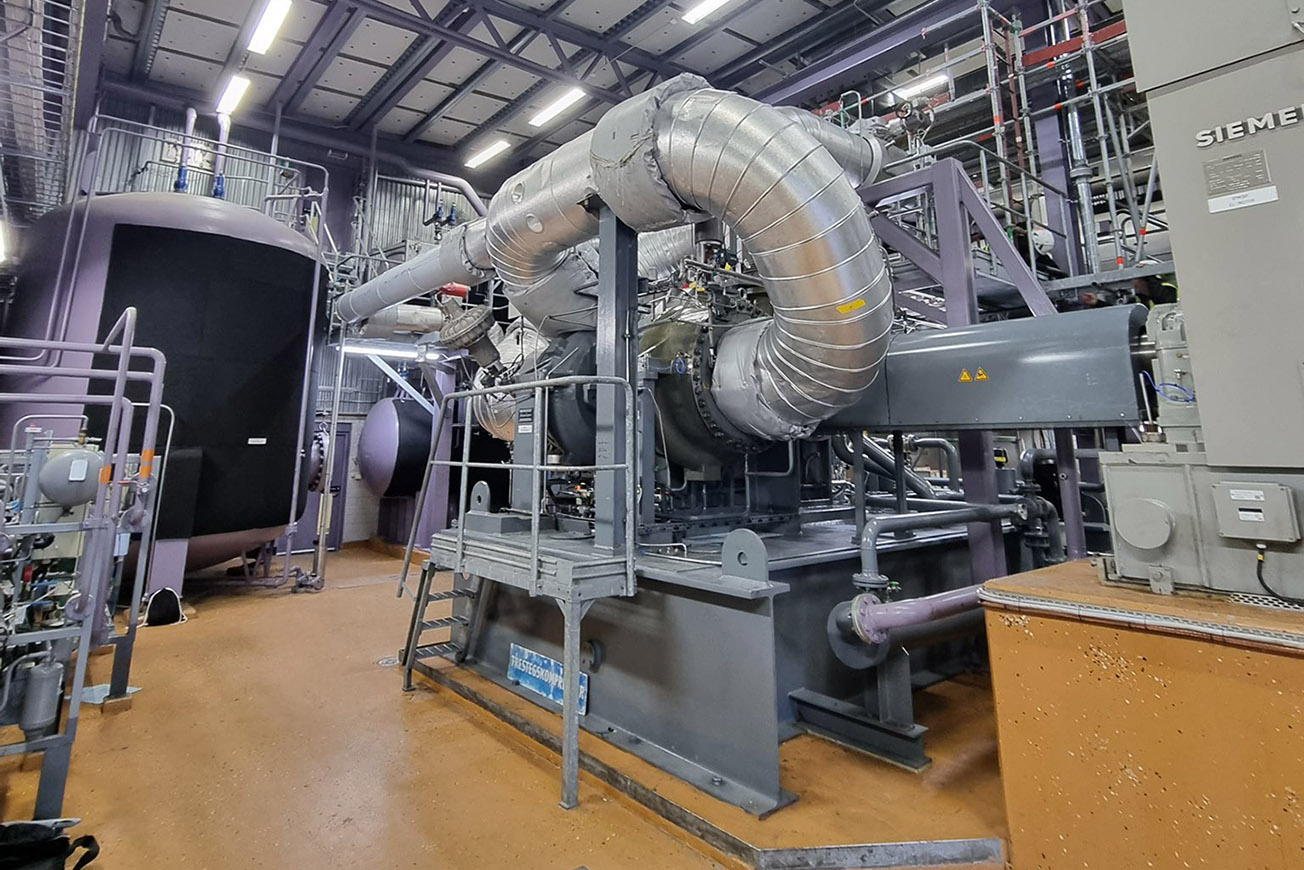At a time when so much of the country is transitioning to green, efficient energy systems, many if not most Historically Black Colleges and Universities (HBCU) face numerous and significant impediments to joining that movement. But in those challenges also exist opportunities which, if adequately met, could help to fuel this same energy revolution.
First, the challenges:
Financial Limits. Many HBCUs lack the financial reserves to invest in renewable energy products and services, including solar panels, modern HVAC infrastructure, and microgrids.
Aged Infrastructure. Many if not most HBCU campuses are populated with older buildings that are not energy efficient. While retrofitting these structures could cost a great deal of money and prove complicated, the energy savings and carbon offsets would similarly be substantial.
Funding Access. Although federal and local grants and incentives for renewable energy projects are available, many HBCUs lack the awareness, capacity, and internal knowhow to navigate and leverage these complicated processes.
Limited Partnerships. Many HBCUs lack the partnerships with major corporations and government agencies that can support large-scale green-energy efforts.
Geographic Challenges. Many HBCUs operate in locations that make renewable energy systems more difficult: more limited supplies of consistent sunlight, for example, or dense infrastructure where large-scale microgrid installations are more complicated and expensive.
With all that said, however, when it comes to HBCU renewable energy initiatives, opportunities also abound. Some examples:
Education and Training. At a time when the availability of skilled, competent trades people are in serious demand, the opportunity exists to implement training and mentoring programs that can provide interested HBCU students with the opportunity to learn how to design, plan, implement and maintain renewable energy systems.
Community Adoption. Because many of these technologies have largely bypassed communities in which HBCUs exist and operate, implementation of these services can prove effective both in introducing them to these populations and driving adoption.
Partnerships. While existing partnerships with HBCUs are still relatively rare, introducing efforts and programs to reduce carbon outputs, improve existing energy efficiencies, and implementing renewables could introduce opportunities for these partnerships and the many positive impacts that come with them.
Savings. While up-front costs for some of these efforts can seem prohibitive, longer-term savings can result in opportunities for these campuses to reinvest those monies in other areas of need.
In short, while HBCUs face challenges in joining the nation’s move toward a smarter, renewable energy future, opportunities exist – for the schools as well as corporations, government agencies, and other bodies – to transform these all-important institutions in ways that benefit them, their communities, and the nation.




